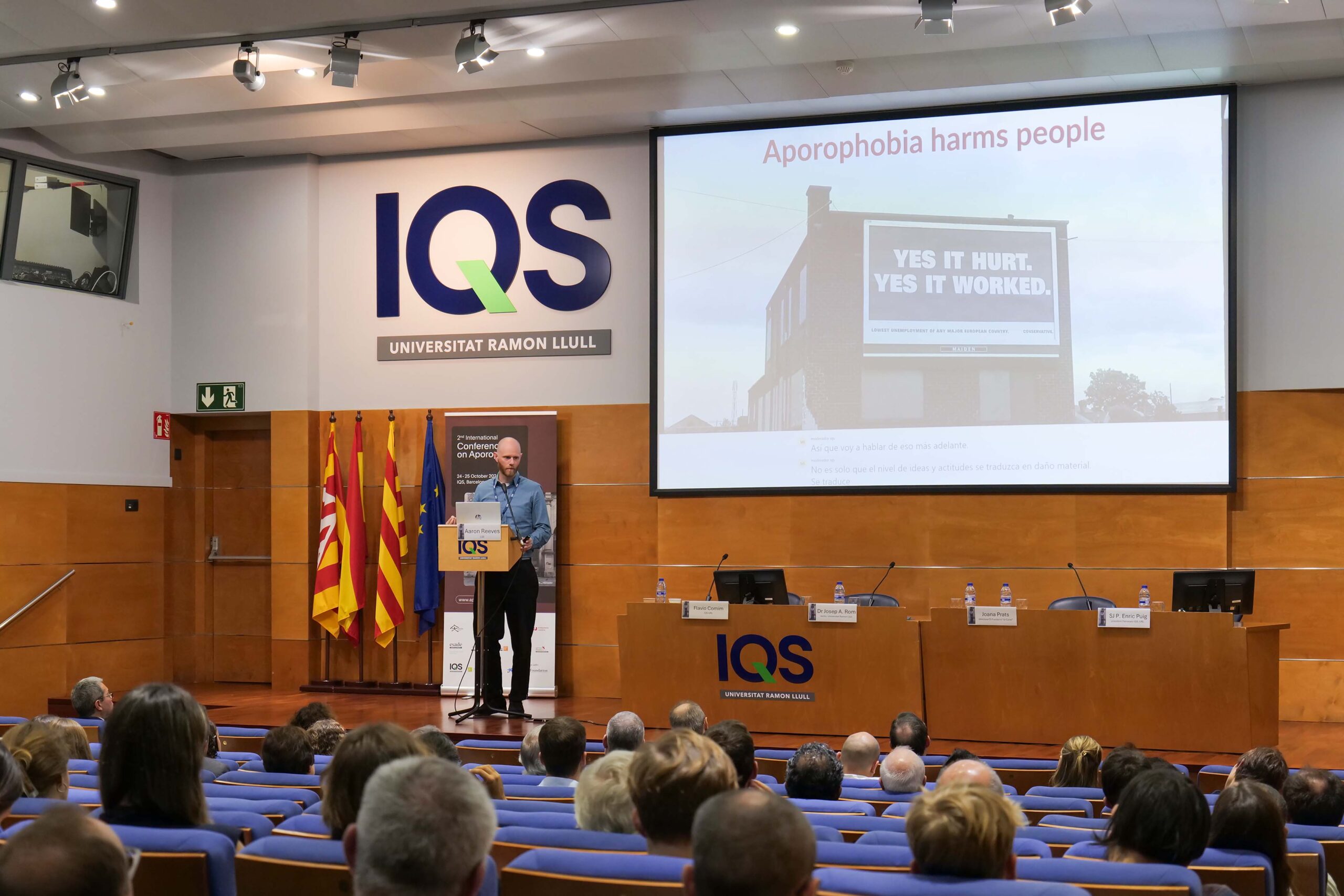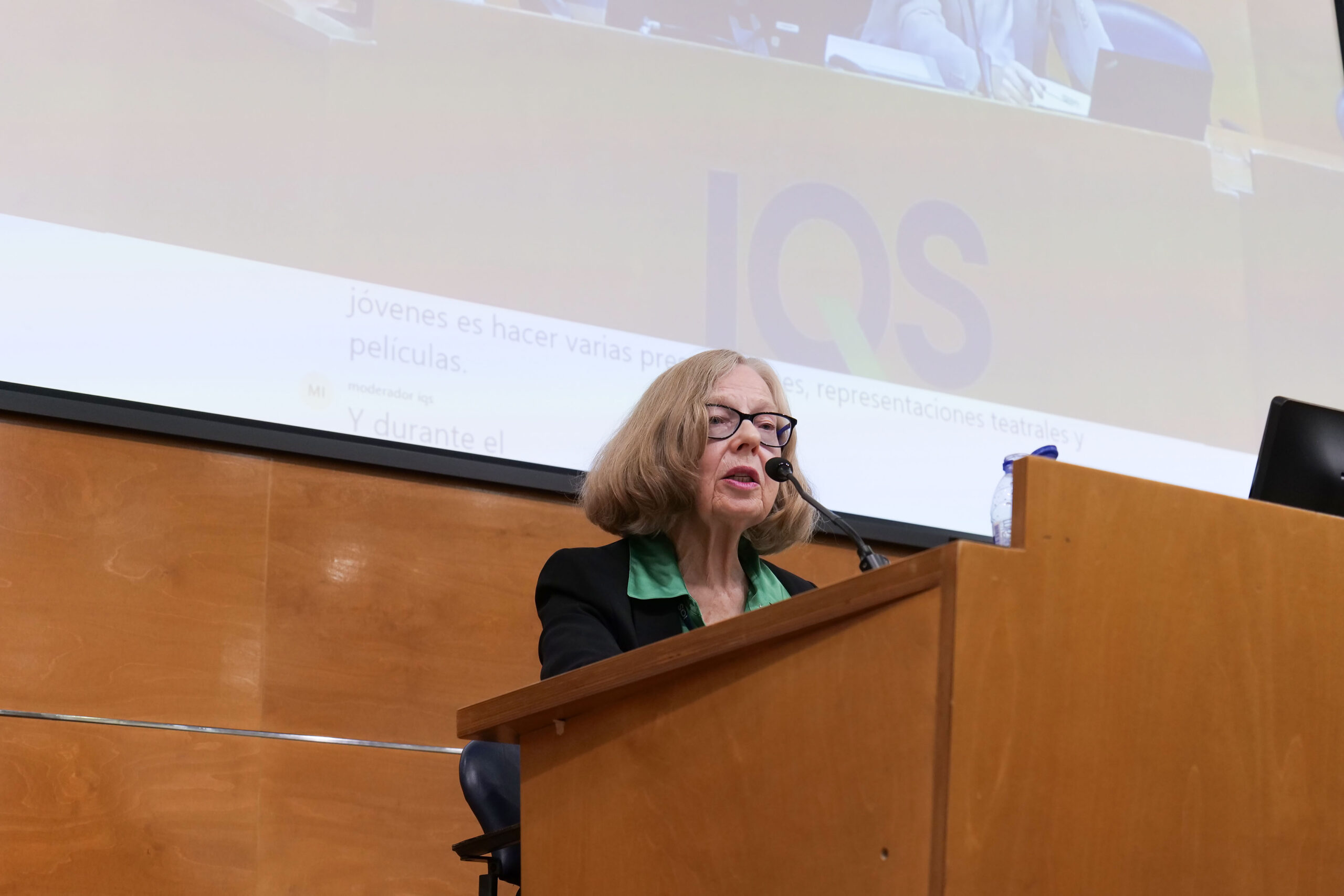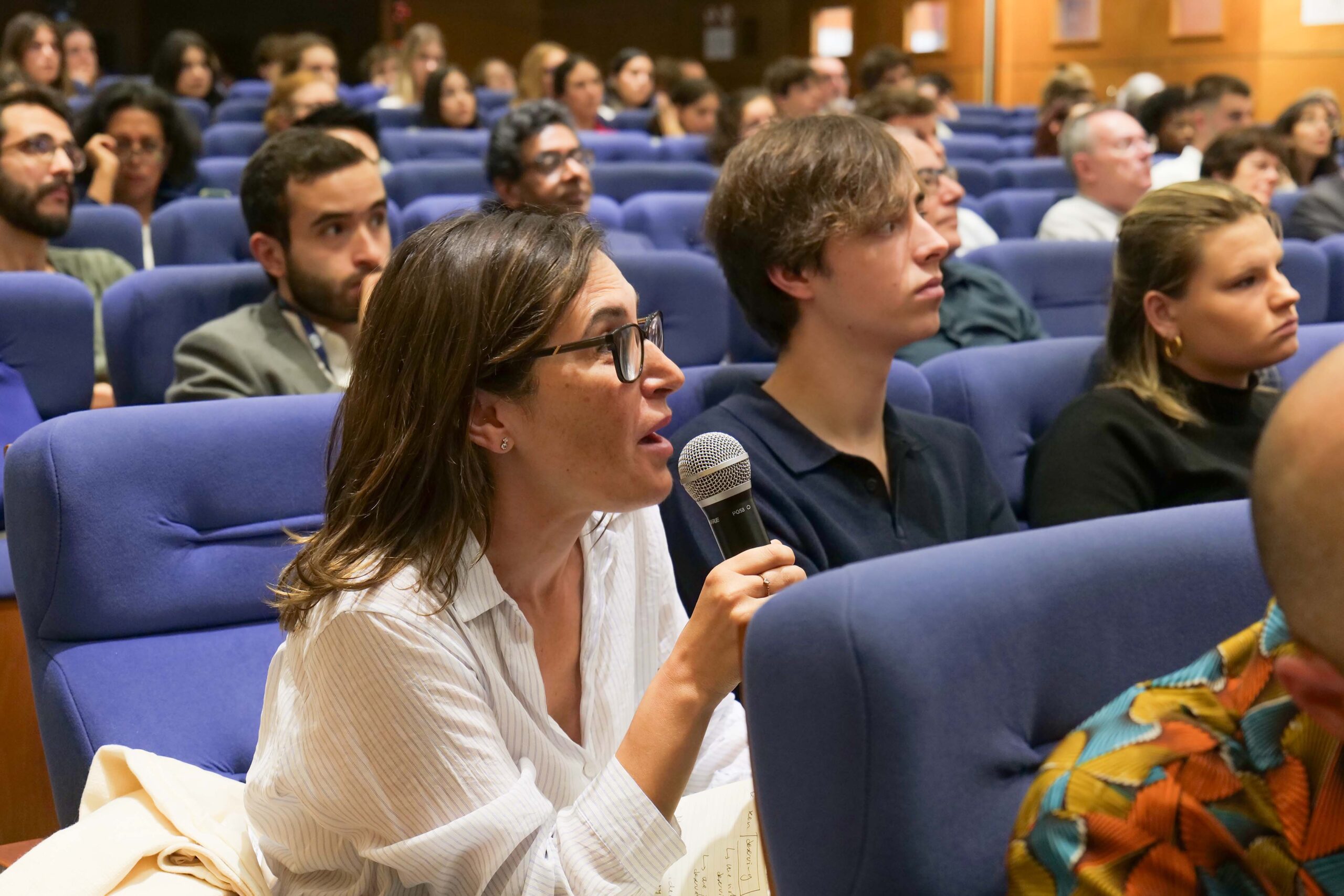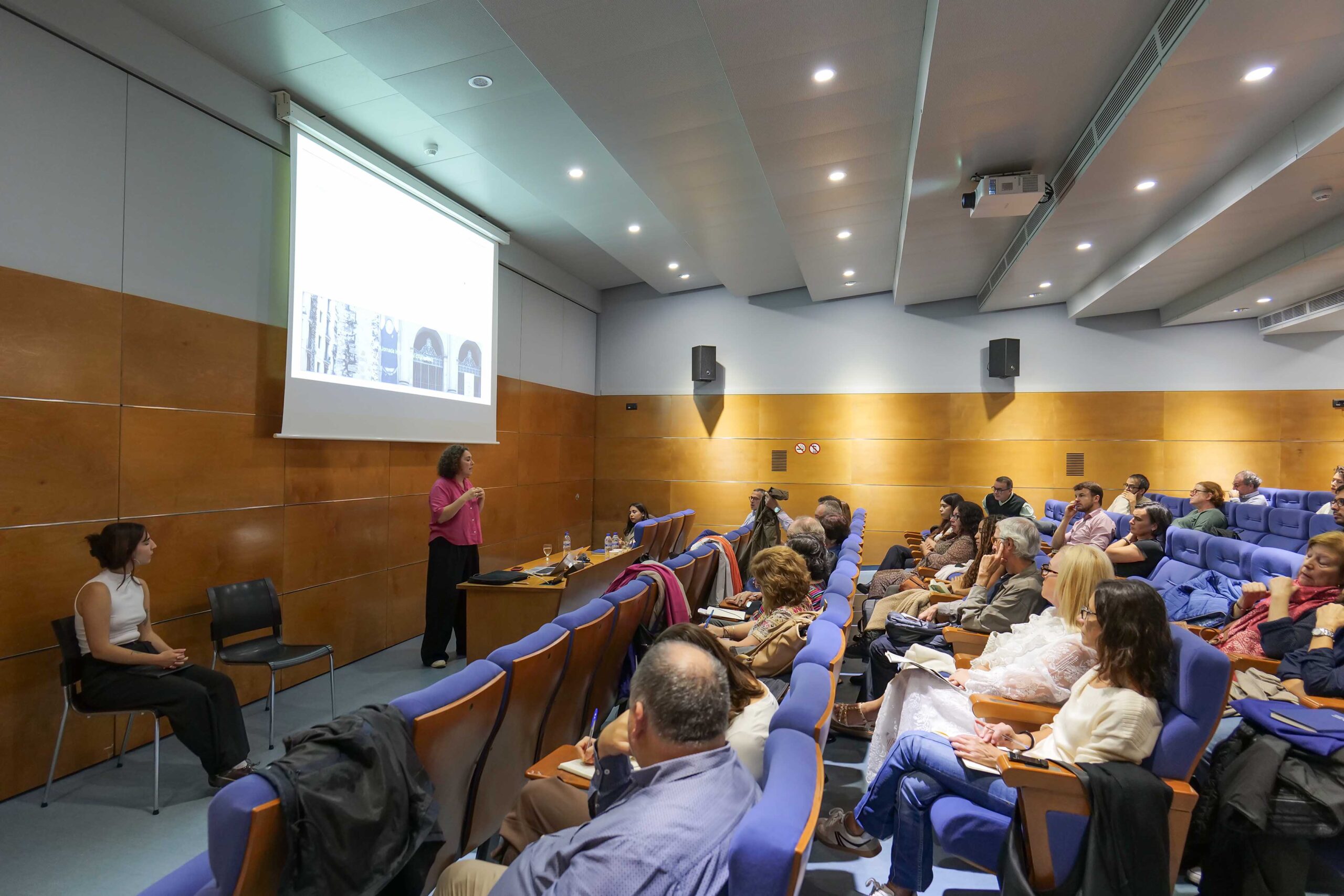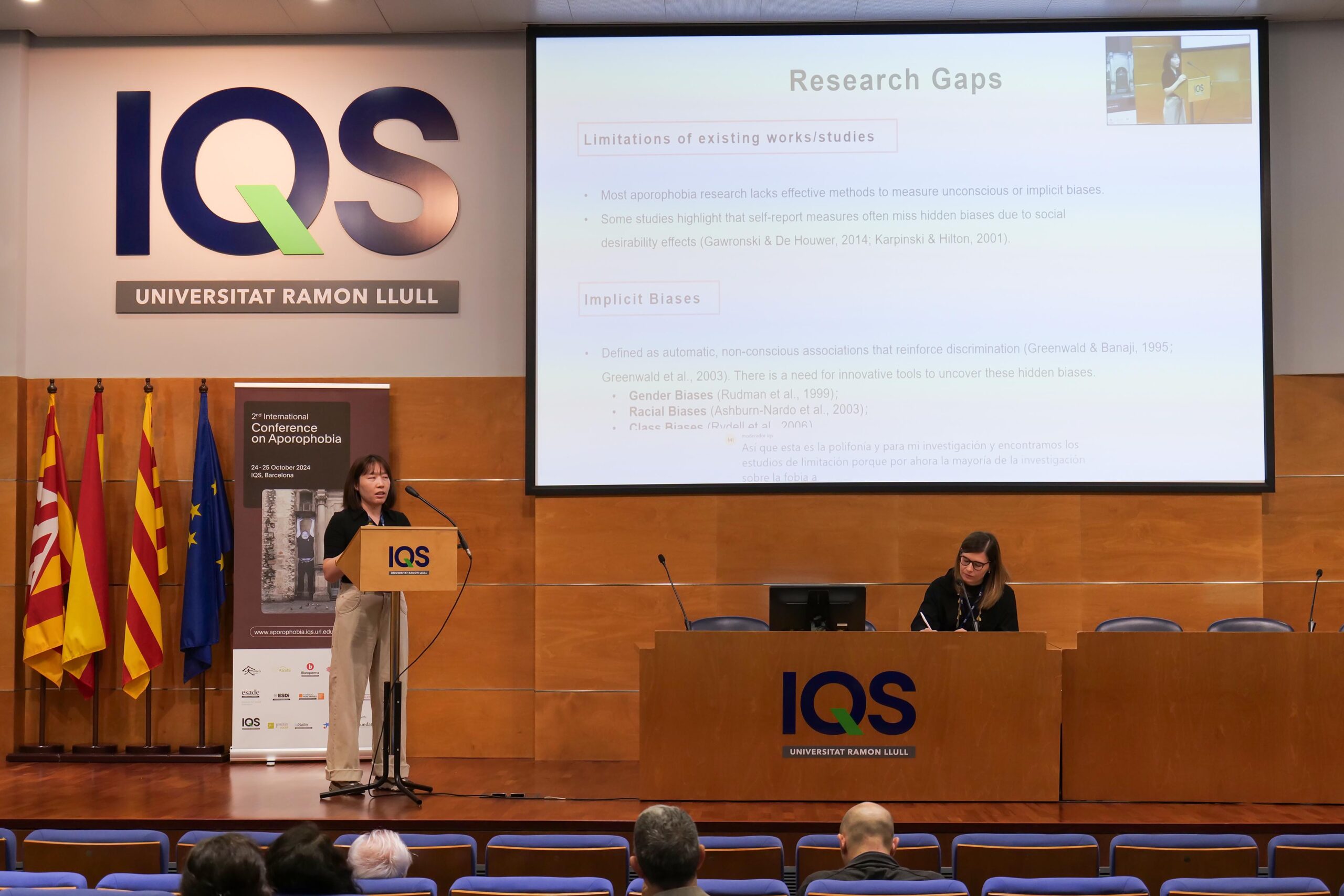Aporophobia is defined as rejection, aversion, fear, and contempt for the poor. This term was the focus of debate at the2nd International Conference on Aporophobia, sponsored by IQS-URL. For two days, and remaining faithful to the commitment initiated last year, IQS has once again become a space for multidisciplinary reflection in which experts, academics, and professionals from different fields have shared experiences and sought solutions to this phenomenon that aggravates poverty, stigma, and other forms of discrimination.
“We are in a global moment where it has become more important than ever to think about the way in which marginalized populations are excluded,” said the prestigious professor Aaron Reeves, from the London School of Economics and the University of Oxford, during the opening conference. According to this expert, “it is not enough to look at the bottom of society, we have to look towards the top.”
Entitled “Common People: how elites and the working class navigate the symbolic market for being ordinary,” Reeves addressed how elites’ perceptions of themselves influence economic and social policies, especially towards marginalized populations. “It is crucial to understand how policies aimed at the disadvantaged are designed and justified by the elites.”
“To understand poverty, we also need to understand the vision of the rich,” said Dr Josep A. Rom, rector of Ramon Llull University (URL), just a few minutes before the event to welcome the conference, which also featured the speakers Fr. Enric Puig, president of the IQS Foundation, and Joana Prats, director of the Relations with Social Entities Department at the “la Caixa” Foundation.
The three representatives thanked the participants who made this conference possible, sponsored by IQS-URL, with the support of the “la Caixa” Foundation, and the collaboration of the Pere Tarrés-URL Foundation, Cáritas, the Assís Foundation, the Arrels Foundation, Christianity and Justic, the Borja Institute of Bioethics-URL, the Vidal i Barraquer Foundation-URL, ESADE-URL, ESDI-URL, the Blanquerna Observatory-URL, and La Salle-URL.
In his presentation, Reeves also broke down some of the conclusions of the research carried out together with Sam Friedman as the basis for the recently published book Born to Rule. He also talked about the notion of the “symbolic market” in which elites try to present themselves as “normal” or “ordinary” in order to legitimize their position and justify their privileges. This need for normality becomes more pronounced in contexts where inequality is accentuated, since those in power know that their position is viewed with distrust by the rest of society. This obsession with creating an image of humility further distorts reality, since it hides the fact that many of these elites come from privileged backgrounds. “Attitudes toward the poor are a reflection of the disconnect between elites and the reality of the disadvantaged,” Reeves said. This is a problematic fact, since, by looking at themselves as part of the “people,” elites can ignore the injustices and inequalities that their policies cause.
Hate crimes due to aporophobia are “under reported and under detected”
Reeves’s speech gave way to the roundtable “Legal and police approach to hate crimes committed due to aporophobia,” another highlight of the first day. According to a report on the evolution of hate crimes in Spain in 2023, the State Security Forces investigated 2,268 criminal offences and hate incidents, representing an increase of 21.3% compared to 2022. However, how many are directly or indirectly related to aporophobia? What role do law enforcement agencies play?
The roundtable brought together three leading experts in the field of law and security: Mª Jesús Raimundo Rodríguez, prosecutor with the Hate Crimes and Discrimination Unit, Tomás Fernández Villazala, director of the National Office for the fight against hate crimes, and Manuel Serrano González, Chief Inspector of the National Police. Moderated by Míriam Feu, from Caritas, the speakers discussed the link between aporophobia and hate crimes, while also analysing the legal and police tools that exist to combat this form of discrimination.
The three speakers highlighted that there is an “under reporting and under detection” of this type of crime driven by aporophobia. “It is necessary to give visibility to the problem in order to make it possible for the victims to file a complaint,” Fernández said. He also expressed concern that a large number of the hate crimes with underlying aporophobia are perpetrated by young people and minors. “Respect, empathy, and trust are what we need to approach individuals who suffer the consequences of aporophobia,” said Serrano, who insisted on the need to fight for and protect dignity.
In this sense, beyond all the measures and tools available in terms of laws and policing, “it is worth highlighting the important work of education as a key to fighting against aporophobia,” Raimundo stressed.
The event continued in the afternoon with four parallel sessions: “Conceptual Foundations of Aporophobia 1” and “Conceptual Foundations of Aporophobia 2,” “Aporophobia and religions,” and “Aporophobia: religions, meritocracy, and social agents.”
Highlights from the IQS parallel sessions
IQS presented its innovative tool to measure aporophobia and encourage reflection on social prejudices: the “aporoIAT,” an implicit association test that allows participants to identify the biases with which they associate negative attributes to people in a situation of poverty.
Dr Flavio Comim, Dean of the IQS School of Management, who also led the organization and coordination of the conference, actively participated during the second day. In the session “Aporophobia: social interventions,” he spoke with Tadashi Hirai, who explored the relationship between aporophobia and the “inverse care law,” pointing out how the most disadvantaged people receive less care in hospitals compared to those with greater resources. In the same session, a broad IQS team made up of Francesc Martori, María Alejandra Beltrán, Juan Albacete, and Núria Agulló presented an impact assessment on an intervention within the framework of the IQS “Learning and Service” programme. Among the positive and encouraging results, the awareness achieved by students about the experiences of people in vulnerable situations stood out, in collaboration with the Assis Centre.
Prior to that, during the session “Aporophobia: new developments,” Comim participated as the thesis director to present the research of two IQS students. The team of Jundi Wang, Mihály Borsi, and Dr Comim provided preliminary empirical data on aporophobia in Barcelona, while the study led by Badamasi Bashir Mikailu, along with Cristina Montañola and Dr Comim, introduced a mathematical model to analyse aporophobia.
For her part, Dr Georgina Curto, from the University of Notre Dame, who completed her doctoral thesis at IQS, spoke at the session “A computational simulation to inform policy making on homelessness alleviation in Barcelona,” where she explained how artificial intelligence can be applied in research on aporophobia. Curto presented a collaboration with Google and the United Nations University to develop a global indicator of aporophobia, opening up new research perspectives on this phenomenon.
Health, wellness, and loneliness
In the last session of the last day, entitled “Aporophobia: migration, social exclusion, and the logic of the common good,” the role of education was highlighted in terms of generating new dynamics in the relationships between vulnerable people with the community and vice versa. The social educators pointed out the importance of “pedagogy as gift” to change paradigms, sharing professional examples of how this tool can combat aporophobia, especially with children and young people.
According to the experts, assistance and accompaniment pedagogy, although useful for a time, are insufficient today. Helping and accompanying vulnerable people is not enough; it is essential to treat them not only as victims, but also to highlight and develop their potential so they can feel like an integral part of the community, an approach that allows their participation to be seen as a genuine contribution.
During this session, an analysis on aporophobia and migration was presented, based on a study by the Hatento Observatory. According to this study, based on interviews with 261 homeless migrants, 47.1% had suffered an incident of aporophobia. Based on these data, the speaker underlined the differences in the treatment of migrants who have or don’t have resources, since those who arrive without economic support face prejudice and rejection as they are perceived as a burden. During the session, the speaker insisted on the need to promote values of inclusion and objective data to reduce stereotypes and false perceptions about migrants.
Also during this second day of parallel sessions, the impact of poverty and exclusion on childhood, adolescence, and old age was analysed. During this event, emphasis was placed on how something as basic as losing a home can increase, in the case of children and adolescents, the feeling of isolation and loneliness, affecting their wellbeing and health.
Specifically, health was another great headliner of this second day. David Clusa i Gironella, psychiatrist and director of the ESMES mental health team for homeless people, presented the work of this pioneering experience in Catalonia, currently consolidated.
In Barcelona alone, he pointed out, there are currently about 2,500 people sleeping on the street and more than 3,000 who benefit from housing resources. ESMES currently treats about 300 patients, but, to get an idea of the magnitude of the problem, it is worth knowing that 50% of people who live on the street suffer from some type of mental problem.
The pending subject in this city is to expand resources to be able to meet all those needs. The challenge ESMES is taking on is “the essential continuous accompaniment of these patients” since “in this team we carried out a specific action to then refer these people to some of the available resources within the public network,” Clusa explained.
A debate and a reading of the “Manifesto against Aporophobia” closed the second edition of the conference, which stood out for the call to change the approach to addressing aporophobia.










